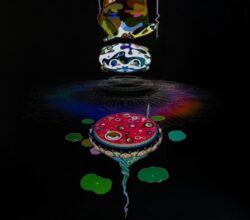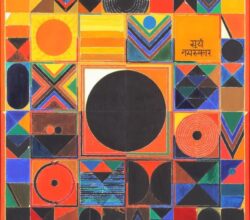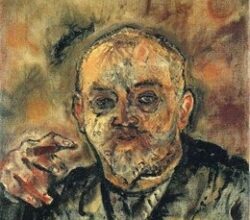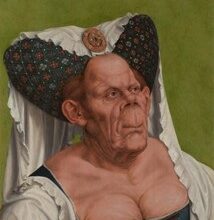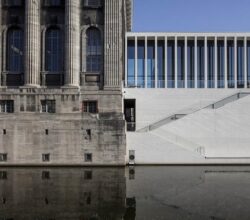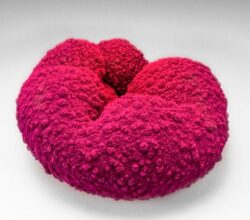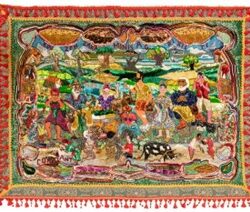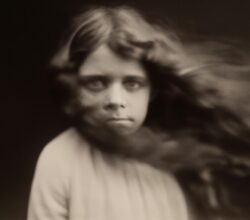
Gagosian’s DALL-E–Enabled Art Exhibition Throws Us Headfirst into the Uncanny Valley
Shanti Escalante-De Mattei | ARTnews | 24th March 2023
This writer hurries to shout ‘crisis’, mentioning it in her second sentence. Do image generating algorithms like DALL-E comprise a crisis? Beeple (remember him?) and crypto art emerged in 2021 and the sky hasn’t fallen in. Images from DALL-E are more sophisticated, but have we crossed a “digital Rubicon”? Irrespective of any crisis, the idea of “authenticity” needs re-thinking. We already live in “an era of unreal-ness. Since when is “realness” [in art] a metric?”

